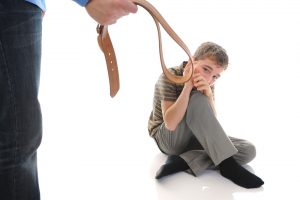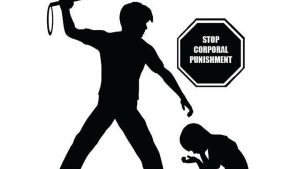Corporal punishment
 There is a topic concerning the coporal punishment which need to be understood by some of the states. It has been reported that 15 states legally permit corporal punishment in k-12 schools, while 28 states ban this practice. This practice is defined as a physical punishment and a punishment that involves hitting someone. In real education, a child sometimes needs a good spanking in order to learn a lesson. The debate over corporal punishment especially in schools remains vigorous.
There is a topic concerning the coporal punishment which need to be understood by some of the states. It has been reported that 15 states legally permit corporal punishment in k-12 schools, while 28 states ban this practice. This practice is defined as a physical punishment and a punishment that involves hitting someone. In real education, a child sometimes needs a good spanking in order to learn a lesson. The debate over corporal punishment especially in schools remains vigorous.
This corporal punishment is the appropriate discipline of certain children when used in moderation. The negative effects of this practice is attached to prolonged and excessive use of the punishment. There ares certains children who like to push their limits. Those are the children who may require a such punishment. When a corporal punishment is given to a child, it sets a clear boundaries and motivates a child to behave in a certain manner. Children are better able to make decisions about their behavior, by exercising the self-control and be accountable for their actions when they understand the penalty they face for misbehaving.
 At the other hand, corporal punishment can inflict long-lasting physical and mental harm on students. In some of the cases, students who were punished were more likely to have problems with aggression and attention. Studies also show that frequent use of corporal punishment leads to a higher risk for anxiety, depression, substance abuse, stress and other menal health concerns. Those kids being punished are more likely to relate forms of violence with power and are therefore more likely to be a bully or abuse a partner.
At the other hand, corporal punishment can inflict long-lasting physical and mental harm on students. In some of the cases, students who were punished were more likely to have problems with aggression and attention. Studies also show that frequent use of corporal punishment leads to a higher risk for anxiety, depression, substance abuse, stress and other menal health concerns. Those kids being punished are more likely to relate forms of violence with power and are therefore more likely to be a bully or abuse a partner.